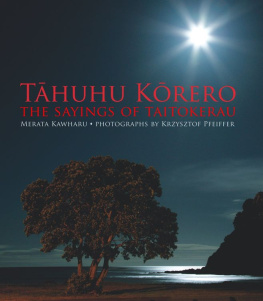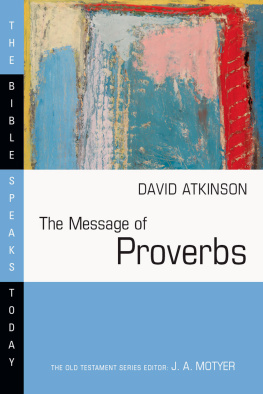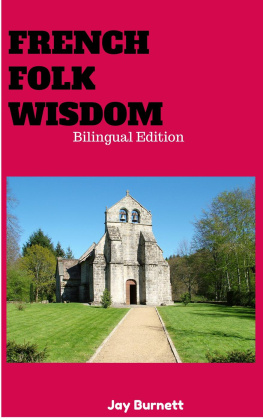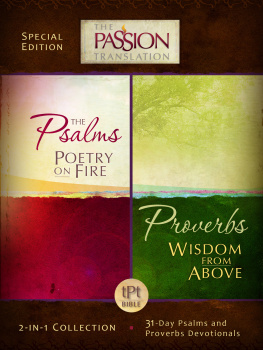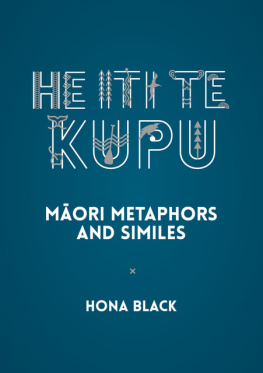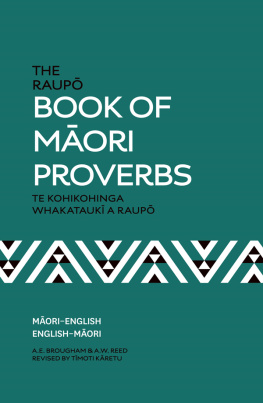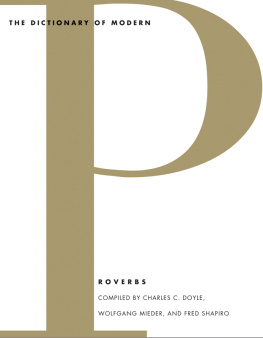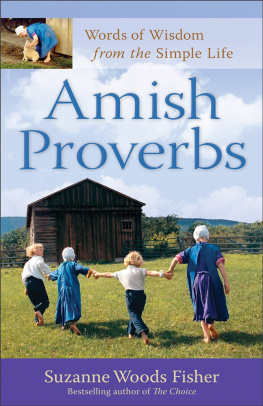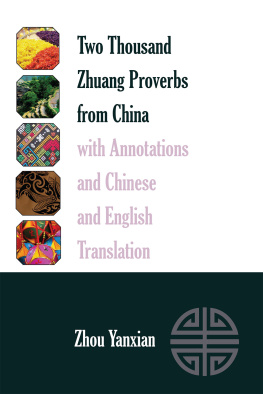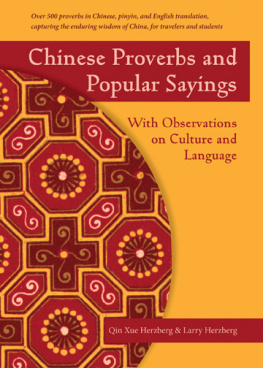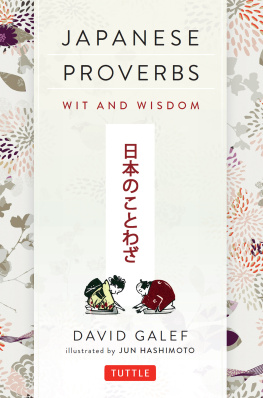Ka kohukohu ki te rangi, ka kohukohu,
Tangi ana te aweawe.
Ka kohukohu ki te whenua, ka kohukohu,
Tangi ana te kirikiri.
Ttoko mpuna, huaki rere.
E rere ai t tapuwae,
E nguha ai t tapuwae,
Tr t tapuwae ka rumaki, i hh!
Ko te tapuwae o T, hkoia te whet ,
Ko te tapuwae o T, hkoia te marama.
E rere, e rere .
Whia, whia, kia toa r .
Koutou ng mtua, ng tpuna i te p, n koutou nei nei pepeha i waiho mai hei ptaka whakaaro, hei rahi i a mtou, i ng maramara, i ng uri whakatupu o Taitokerau, moe mai, moe mai, moe mai. Kti m koutou.
Ko te nuinga o ng tngata e phh ana e rite ana te pepeha ki te whakatauk. Khore, ar k atu te whnuitanga o te pepeha i te whakatauk. I roto i te pepeha ko te wairua hihiko, whakahh, te ihi, te wehi, me te wana hoki o te reo Mori. Ko te pepeha e krero ana m te hua noho o te Mori o nehe, , mau katoa mai ng whakaaro atu i te tikanga ki te pakanga tae atu ana ki te hua o te rangi. Tae noa mai ki tnei w e waiatatia ana, e krerotia ana nei pepeha ki roto i ng whaikrero o tn tangata, o tn hap, o tn iwi i roto o te Taitokerau.
Ko tnei momo reo e tino rerek ana ki te reo marae, krero hoki o tnei w. Mutu ana pea i roto i te whakamoritanga o te Paipera Tapu tnei momo reo te krerotia, te kitea. Engari, ahakoa tn, ko te nuinga o nei pepeha e whai tohutohu, e whai ngako ana m ng whakatupuranga o tnei r, tae atu ana ki ng uri horekau kia whnau noa mai ki te ao troa.
E mihi atu ana ki ng roro me ng ringa i tahuri atu nei ki te whakatika, whakawhnui hoki i te pukapuka tuatahi, kia mau mai ng pepeha i mahue ki waho o tr, , kia hngai hoki ng kupu kura nei ki ng mhuri kauri, ttara haemata o nei r.
M Io-taketake, Io-wnanga, Io-matangaro, te Whi Ngaro hoki, koe, koutou, ttou, me nei pepeha, e manaaki, e tiaki kia puwai ki te ao whnui.
Tihew mauri ora!
Nku iti nei
Erima Henare
Mist hangs in the heavens,
And the spirits weep.
Mist hangs over the land,
And the sands resound.
Propelled by grief, an attack flies out.
Swift your foot,
Fierce your footfall,
Your step that overwhelms, ahaha!
The footfall of T, and shine the stars,
The footfall of T, and rises the moon.
Speed on! Speed on!
Pursue! Pursue! Courage!
Elders and ancestors who have gone to the night, you who left us these sayings as archive of your minds and to guide us, your offspring and descendants in Taitokerau, sleep on, sleep on, sleep on. I leave you here.
Most people are mistaken in thinking that a pepeha is the same as a whakatauk. This is not so, for there is a greater breadth to the pepeha than to the whakatauk. In the pepeha there is a lively and proud spirit, and there is the power, awe and fineness of the Maori language. Pepeha speak of the nature of Maori life in ancient times and capture the thinking from those times about matters as diverse as the customs of battle and of the heavens. Yet up to this day these pepeha have continued to be quoted in songs and speeches by individuals and tribes in Taitokerau.
The language of pepeha is very different from the language used on the marae and in the talk of our time. It is only perhaps in the interpretation of the Holy Bible that this kind of language is spoken and read. All the same, most of these pepeha have advice and riches for the generations of today and for the descendants yet to be born into our long-standing world.
I acknowledge the minds and hands that set to work to correct and expand the first publication, and to bring in other pepeha not included there, so that these precious words are available to the young, the kauri saplings and strong-growing ttara of today.
May Io-the source, Io-fount of knowledge, Io-invisible, and the Departed, care for you, all of us, and these pepeha protecting them so that they will flower for all the world.
The first cry of the child at birth!
Erima Henare
H E M AIMAI A ROHA
Ko nei krero n rtou m, ng mtua tpuna, tat mai ki ng mtua o nianei. I whakaara ake nei krero o neher, ng whakaahua o ttou maunga whakah, ng awa, ng moana, me ttou marae, ttou hap. Hei kkahu i ng hap whakaaro o te ao troa. Hei whriki m te whakatakoto i te ia o te krero.
Kei te maringi tonu ng roimata o te whnau, o te iwi Ngpuhi-nui-tonu. Kei te whiowhio tonu te reo oriori o Twhirimtea i ng poutokomanawa o te whare tapu o Ngpuhi-nui-tonu. N reira e moe, e te rangatira, T Hugh. Kei te ngng tonu te reo o Rongo i ng ngeri. Ka tangi tonu a te ruru i t hokihokinga atu. E rapu ana i te ara tika m ttou katoa.
N reira e moe mai kourua, te taokete Hugh, te tuahine Freda.
Renata Tane
This book is the culmination of the efforts of many who have contributed directly or indirectly and in a major or minor way. In particular, Jane McRaes continued work researching new proverbs and associated stories, providing new translations and undertaking Maori-language editing has been foundational. Ariaan Gage-Dingle has also been instrumental in helping to bring many parts of the book together.
Collecting new sayings and stories from experts in Taitokerau and sharing the project concept with them and their people have been especially rewarding. I am grateful to all who offered krero and encouragement to get the book on its way so that it could be shared with readers of today and of tomorrow. My debts of gratitude are particularly owed to Renata Tane, who accompanied me on many trips throughout Northland and who offered interpretations of traditions and whakatauk; Rereata Makiha, Patu Hohepa, Hne Sadler and Wiremu Wiremu, who provided invaluable direction concerning traditional knowledge and offered and interpreted important tribal sayings; Merimeri Penfold, Henry Gentry, Mere Keepa, Reremoana Renata, Arthur Tukariri and Heemi Rihari, who also contributed krero; Margaret Mutu, who did the same and who took Krzysztof and me over the ancestral landscapes of Ngti Kahu; Jane Marsden, Rudy Taylor and Te Puna Tumahai, who also supported the project; the people of Ngti Kahu, Te Rarawa, Patuharakeke, Whirinaki and Kaipara, who graciously hosted Krzysztof and me; and Moko Hogan, who provided my home base in Oromhoe, Northland. This book has also been guided by a lifetime of traditional knowledge provided by my parents.
I would like to thank others who provided support throughout, including Mike Hennessy of Emissary Media Ltd; Mere Gillman and Rangimarie Rawiri of the Mori Studies Department of the University of Auckland; Kylie and Jenny Quince and family; Melanie Mower, Te Tuhi Robust, the Academic Advisory Committee and the Advisory Board of the James Henare Mori Research Centre of the University of Auckland; Jim Peters, the Pro Vice-Chancellor Mori of the University of Auckland; Erima Henare; and Peter Dowling. Rangi Laskey of Hineteiwaiwa Khanga Reo and Letty Brown of Te Puna Reo o Manawanui also gave important support by caring for my children and the many mokopuna who are collectively beginning their own journeys into learning te reo and their tribal heritage.
Many institutions provided images and advice on researching archives and catalogues and I am especially grateful to staff of the Alexander Turnbull Library and the Auckland War Memorial Museum.
Krzysztof Pfeiffer has not only taken many beautiful photographs and worked long hours over many weekends, but also carefully guided the book from concept stage to print. And the publishing team led by Sam Elworthy have all made important contributions to turn the manuscript and many images into a publishing reality.

